TVS iQube S vs Ola S1 Pro Electric Scooter Comparison Review
The TVS iQube comes from a tried-and-tested automaker with skin in the game, whereas the Ola S1 Pro is a rebel looking to shake up the established order. Who wins? We find out in this comparison test.

The iQube comes from a tried-and-tested automaker with skin in the game, whereas the S1 Pro is a rebel looking to shake up the established order. Who wins?
Every major shift in personal technology brings about new players in the game, who are eager to challenge and change the ways of the past. Take the shift from the internal combustion engine to the electric motor, for instance. On one side of the coin, we have legacy manufacturers like TVS – a brand well-known for selling brilliantly engineered scooters and motorcycles. On the flip side of the coin, however, are start-ups like Ola Electric – a brand that’s looking to revolutionise personal mobility by not just starting afresh as an EV manufacturer but by completely reinventing what a scooter could look and feel like. So, to find out where things stand, we spent a few days with the TVS iQube S and Ola S1 Pro, and here’s what we learnt.

The S1 Pro Looks Better
Ola has taken the liberty of starting from scratch, and the result is frankly quite impressive. The S1 Pro is a handsome scooter that looks quite modern. Personally, I see in it a hint of Vespas of the past, but there is no doubt that the Ola S1 Pro has that personality that makes you not want to take your eyes off it. In fact, people seem to be quite fascinated by it – something that we learnt during the test. There is something about the way it looks that really captures your attention. I think the clever touch here is the headlamp – a dual LED lamp unit, with one lamp for low-beam and the other for high-beam, which looks very futuristic.
Also Read: Ola S1, S1 Pro Gerua Edition Launched in India at Rs 1 Lakh
The TVS iQube S, on the other hand, is a regular scooter in terms of design. Besides the green number plate and the electric badging on the side, there is no way for you to know, or even imagine, that it has an electric heart. There are bits like LED lighting, which do add a bit of glamour to the design, but overall, there is nothing extraordinary about it – you take one look at it and move on. But not with the Ola – it will simply make you stop and stare.
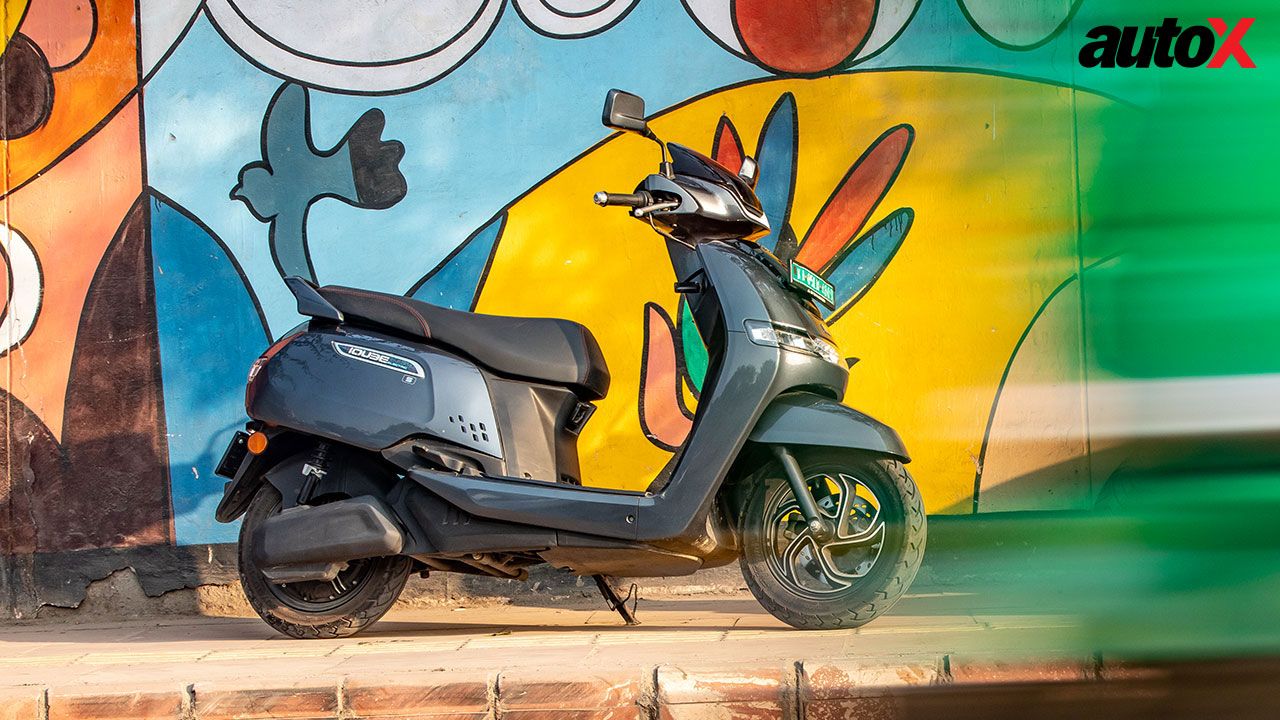
The iQube is More Comfortable
Now, a scooter can be comfortable in more than one way. Take the TVS, for instance – of the two, it is better suited to uneven roads. The front end of the iQube can take in a lot of what Indian roads can throw at it, without making the rider feel the brunt. The S1 Pro isn’t miles behind, but, being more stiffly set up at the front, it’s a lot more jittery. You could love it or hate it, depending on your preference in terms of feel and feedback. In terms of overall rideability, both scooters work fine.
Also Read: 2022 TVS iQube Long-Term Reports
Another way that a scooter can be comfortable is in terms of ergonomics, and here once again, the TVS has an edge over the Ola – during the test I found myself adapting to the ergonomics of the TVS a lot better than that of the Ola. Now, I must add that the Ola is not very far behind. But the iQube S works much better because its ergonomics are slightly more relaxed, and you hardly feel any weight or pressure on your wrists or shoulders. While riding the Ola, I had to sit further back on the seat to ease the pressure on my shoulders. And once you slide back, the performance potential of the S1 Pro comes to the fore – you instantly find that it’s easier to manoeuvre and even tip into corners.
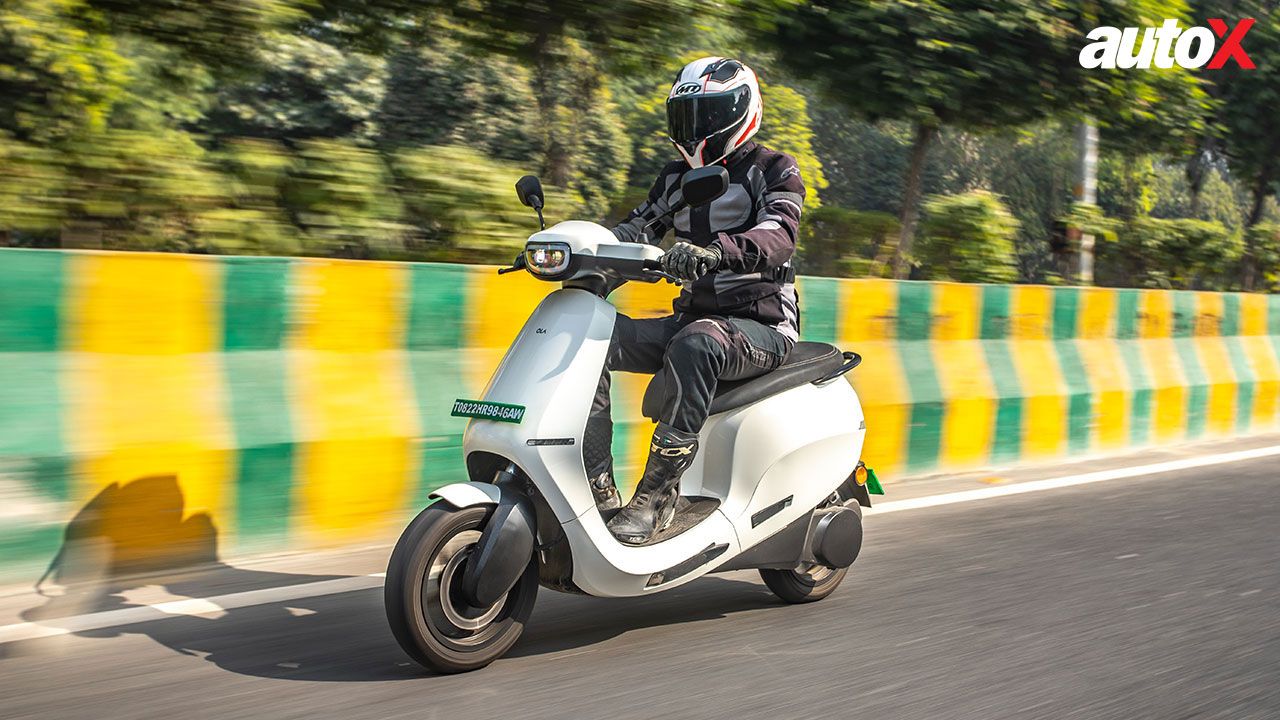
'In Normal mode, things stay sedate, but in both Sports and Hyper mode, you’re in for a mouth-watering ride'
The Ola is the Racier Choice
Now, the Ola S1 Pro was one of our Best of 2022, and a lot of it was because of the way it handled itself on the track. The acceleration was brisk, and it would tip easily into corners. But the track is not the real world, for in the real world, you have to deal with traffic. The Ola was recently updated to Move OS3, and even after the update, the throttle on-off transition is not up to the mark. When you twist the throttle at slow speeds, it takes a bit before the drive kicks in. In Normal mode, things stay sedate for a bit until the motor warms up, but in both the Sports and Hyper mode, you are in for a mouth-watering ride. The S1 Pro simply leaves the iQube far-far behind, and not just in terms of acceleration but also range – the Ola will go much further than the TVS before their batteries die. So much so, that the Ola could genuinely be used to travel between cities as well.
The iQube S gets only two modes – Eco and Sports. Both offer good performance at slow speeds. And frankly, the Eco mode offers a better response than the Ola’s Normal mode at slow speeds, but it’s capped at 50km/h, which is a bit disappointing. Now, the Sport mode takes things up to 80km/h, which is better but still way off the 116km/h that the Ola promises and delivers. The iQube, then, is more suited for small commutes, for if you find yourself on a wide-open stretch of the road with relatively higher road speeds, you immediately start wishing for the Ola. Take into account that the iQube delivers only 60kms of range in the real world in the Sport mode.
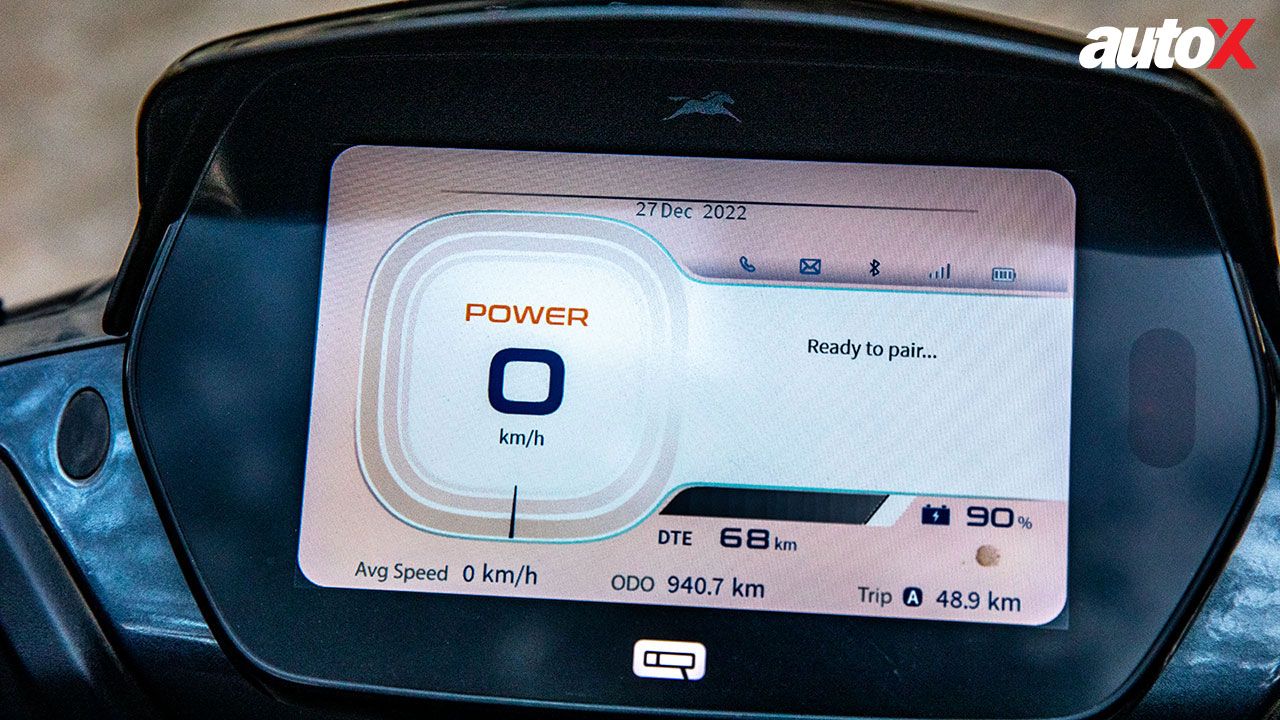
The TVS is the Calmer Choice
While riding the S1 Pro, I was constantly in the Sport mode – the slow-speed response of the Normal mode just didn’t cut it for me in traffic. Now, when the battery, which is way bigger than that of the iQube, drops down to less than 20%, the S1 Pro doesn’t allow you to shift out of the Normal mode. The iQube, on the other hand, doesn’t mind what mode you are in – even at 8% battery, I could ride it in the Sport mode. Also, once the S1 Pro goes below 15%, it automatically engages the Eco mode, which, I must add, makes you feel like a walking duck on public roads. The acceleration slows down to a snail’s pace, and the top speed gets capped at just over 40km/h. During the test, the Ola also went into Park mode a few times while the battery was low. The iQube, however, only comes to a halt once it has fully exhausted its battery.
Also Read: Ola S1 Pro Move OS 3: Move-ing Towards the Perfect EV Scooter
Verdict
The iQube seems to have better build quality and traditional controls. Also, it offers better ride quality and feels more natural to ride as a scooter. The S1 Pro, on the other hand, has an excellent and futuristic design; however, a few of the plastic panels of our test scooter didn’t quite fit properly. Now, the S1 Pro will undoubtedly take you farther and faster. Plus, it has more bells and whistles than the iQube as well.
The TVS feels more like a regular scooter and would appeal to those who simply want a nice electric replacement for their regular ICE scooter. The Ola S1 Pro, however, feels more like a tech marvel, like the latest version of an iPhone, and you want it because it’s cool. So, naturally, the Ola S1 Pro will appeal to those who want their scooter to be as technologically advanced as possible in today’s day and age.

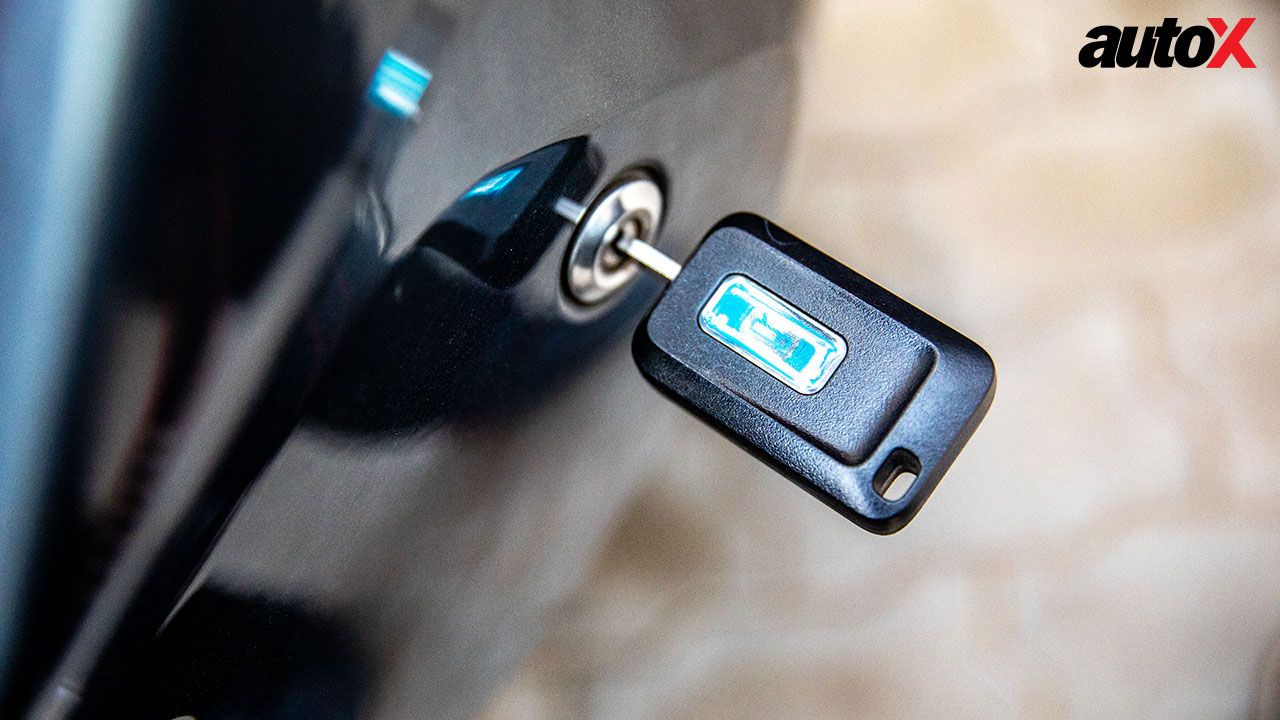
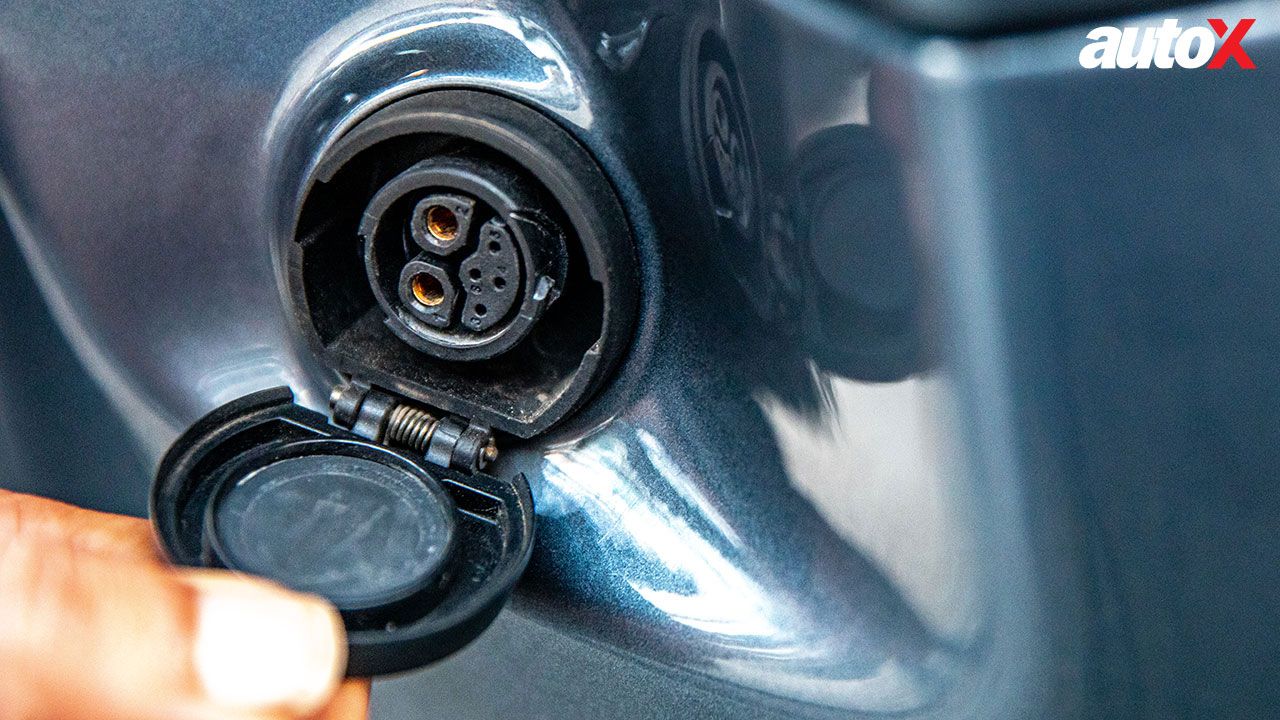
Motor: Hub-mounted
Battery: 3.4kWh
Power: 5.9bhp
Torque: 33Nm
Range: 100kms (Economy), 75kms (Power)
Price: ₹1.04 Lakh (Ex-Showroom)

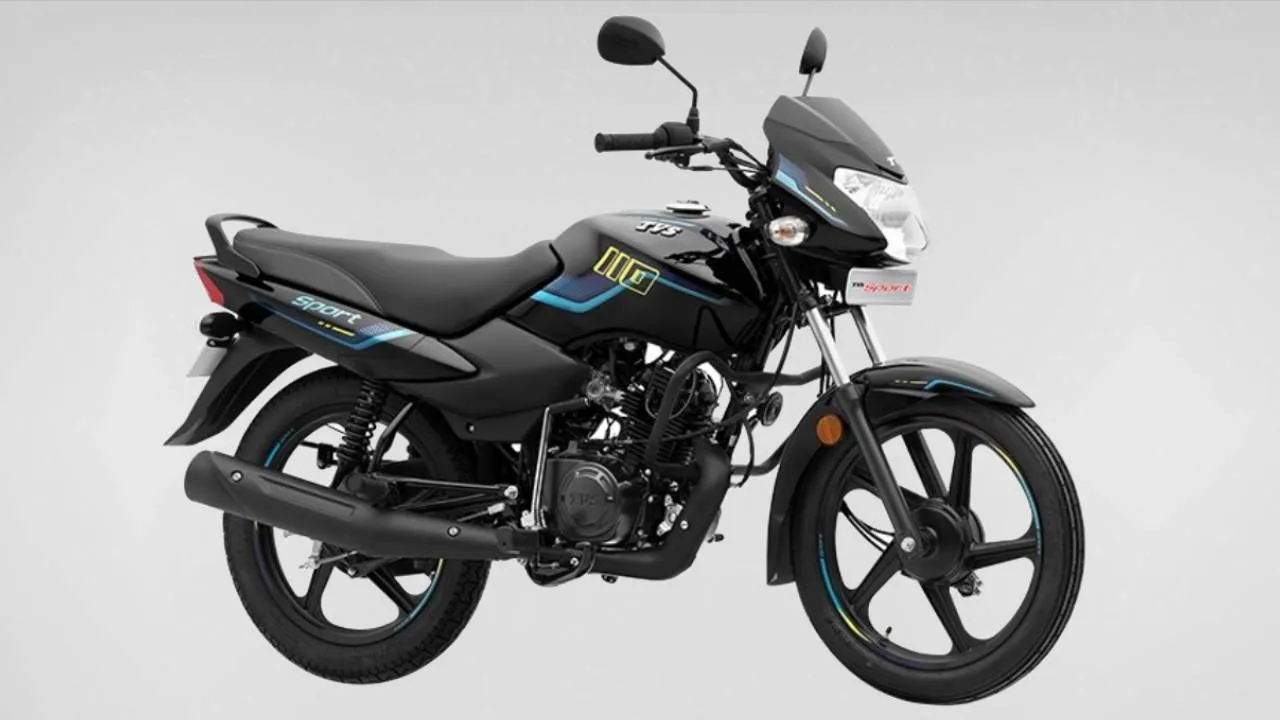


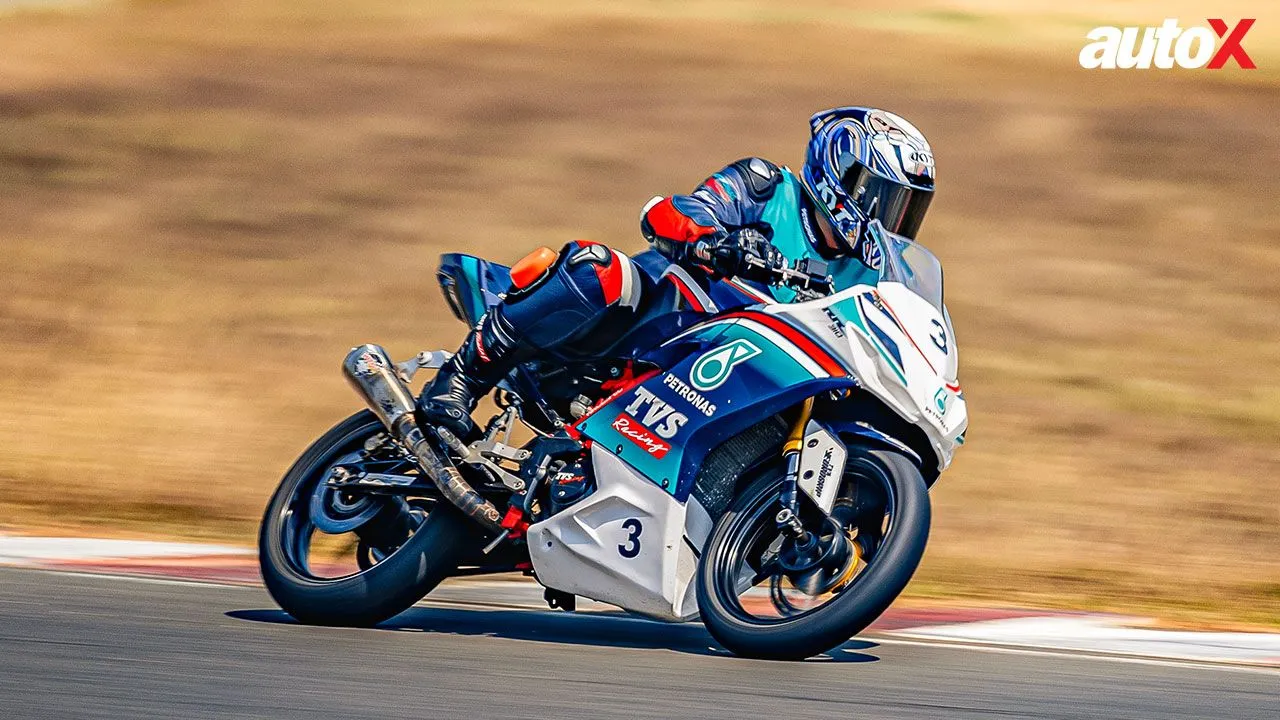
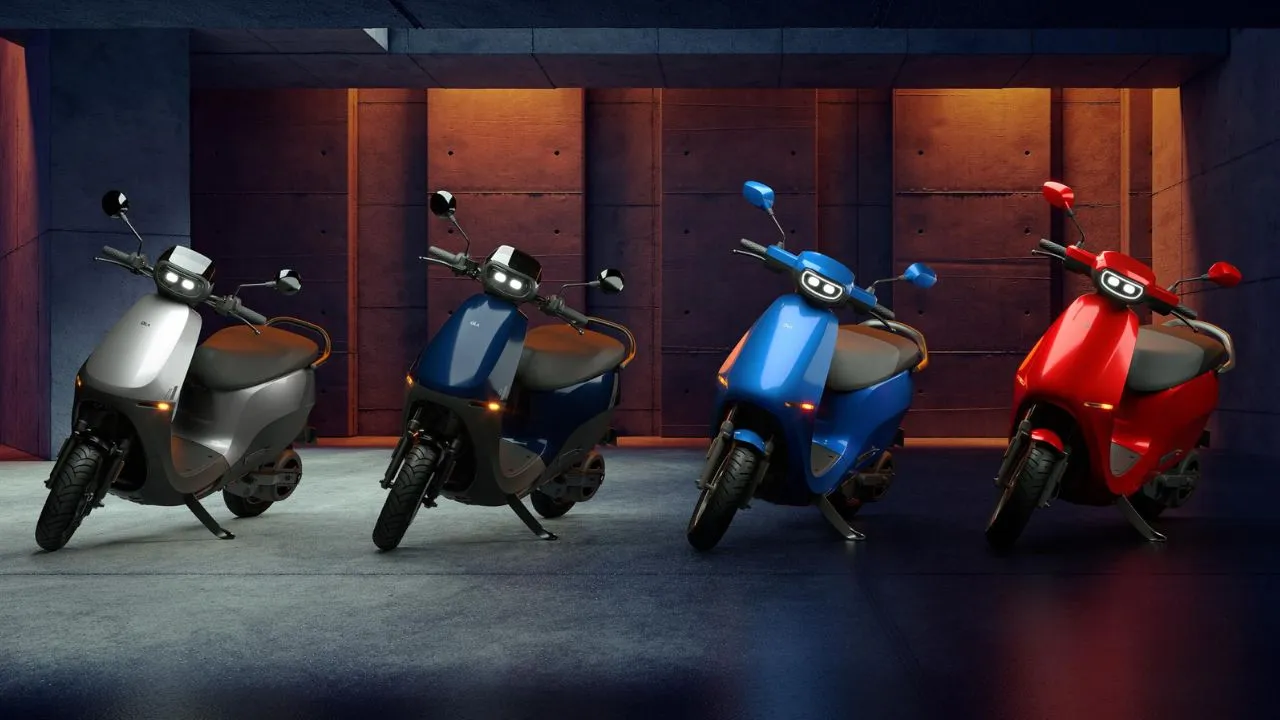
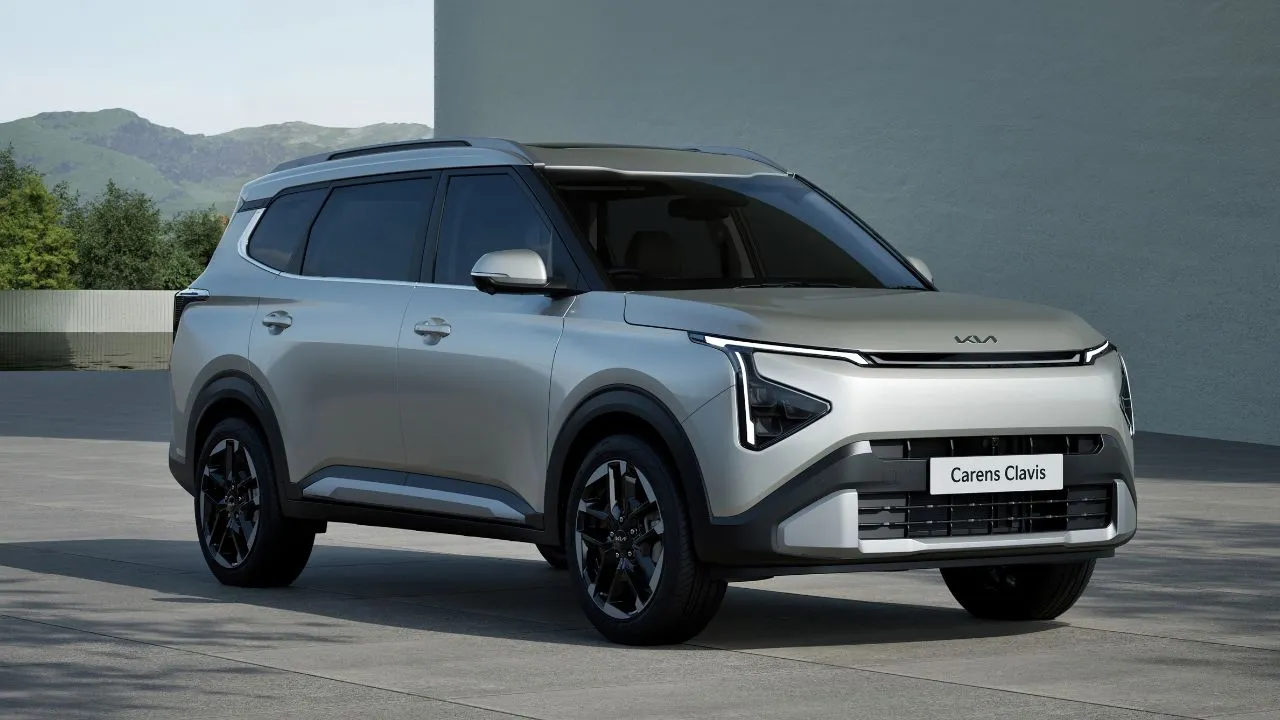
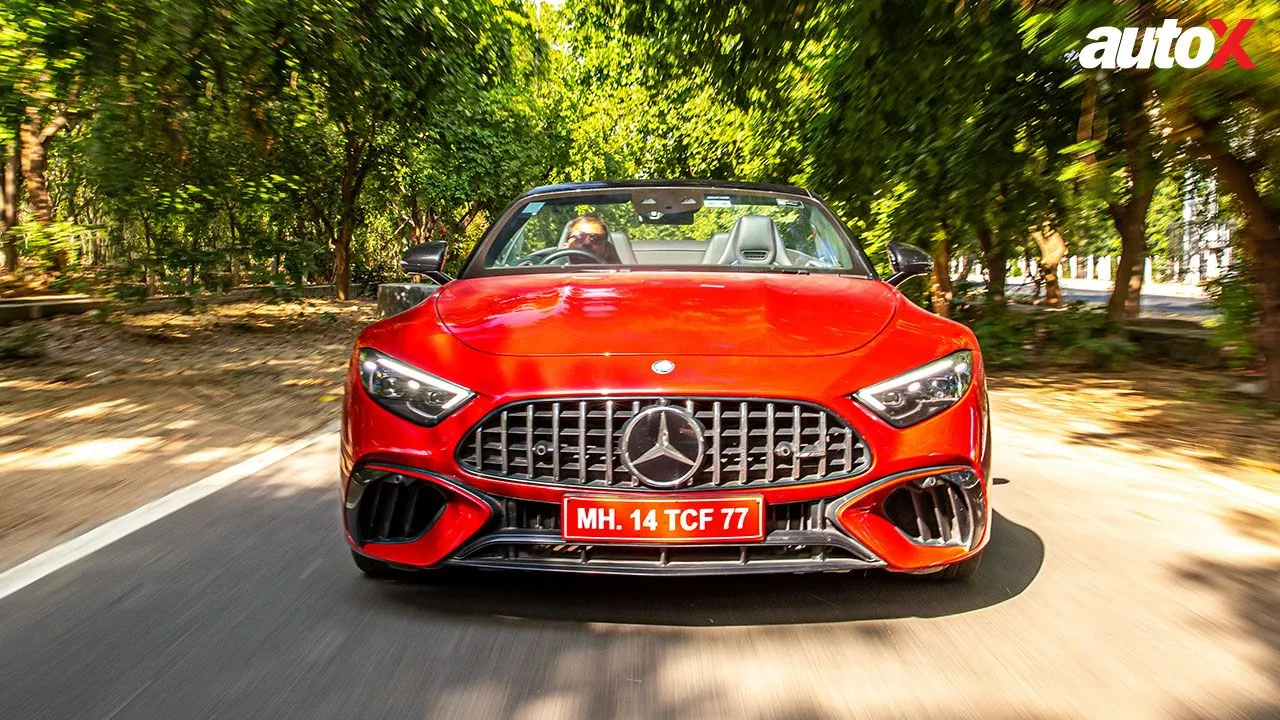

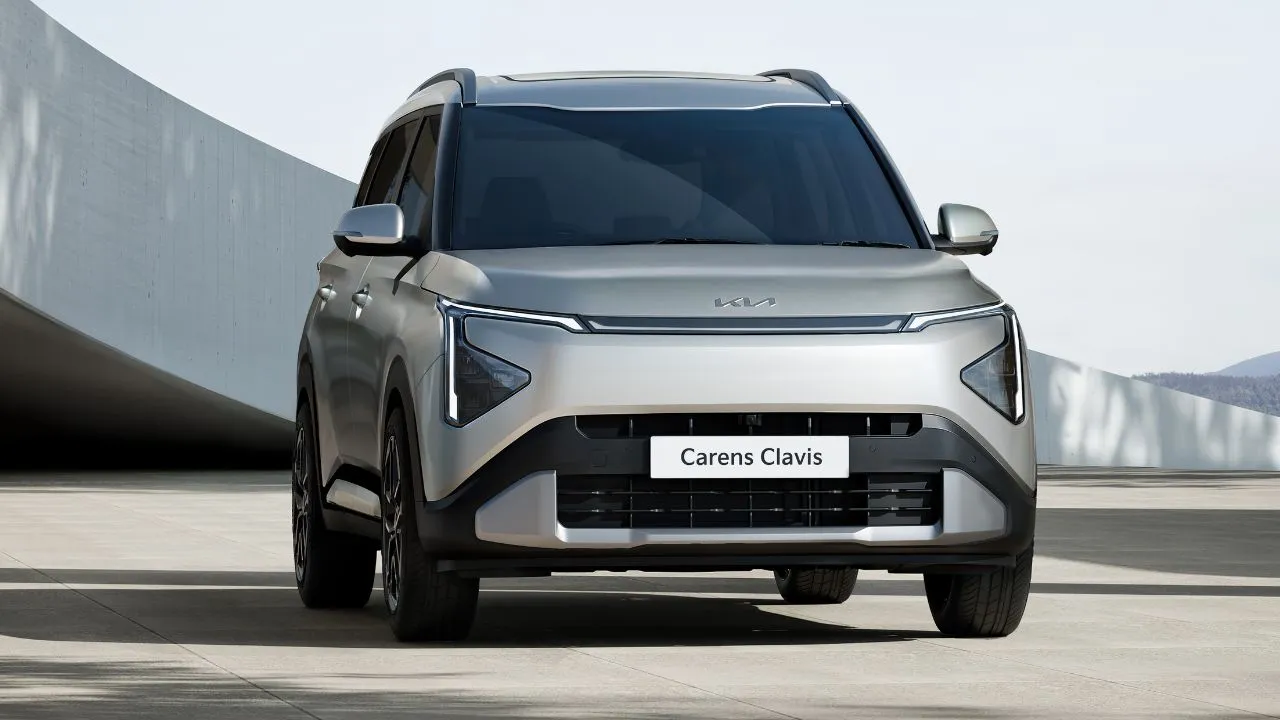
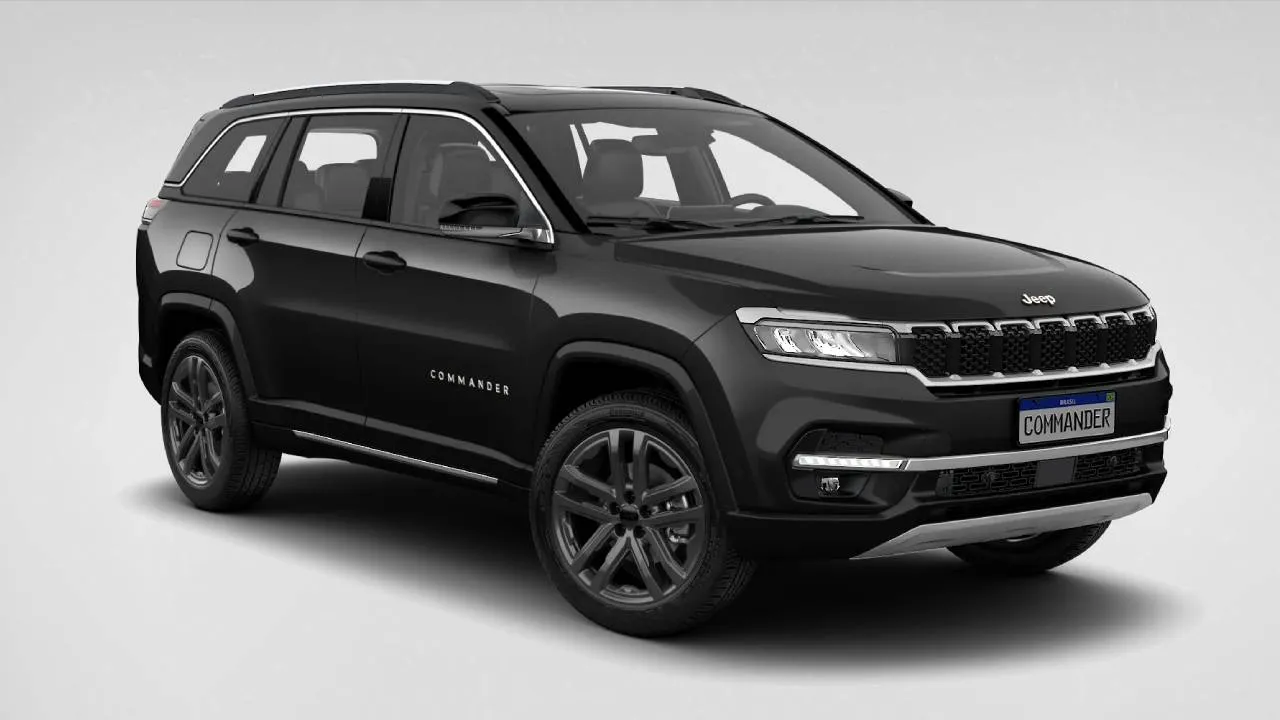

Write your Comment on